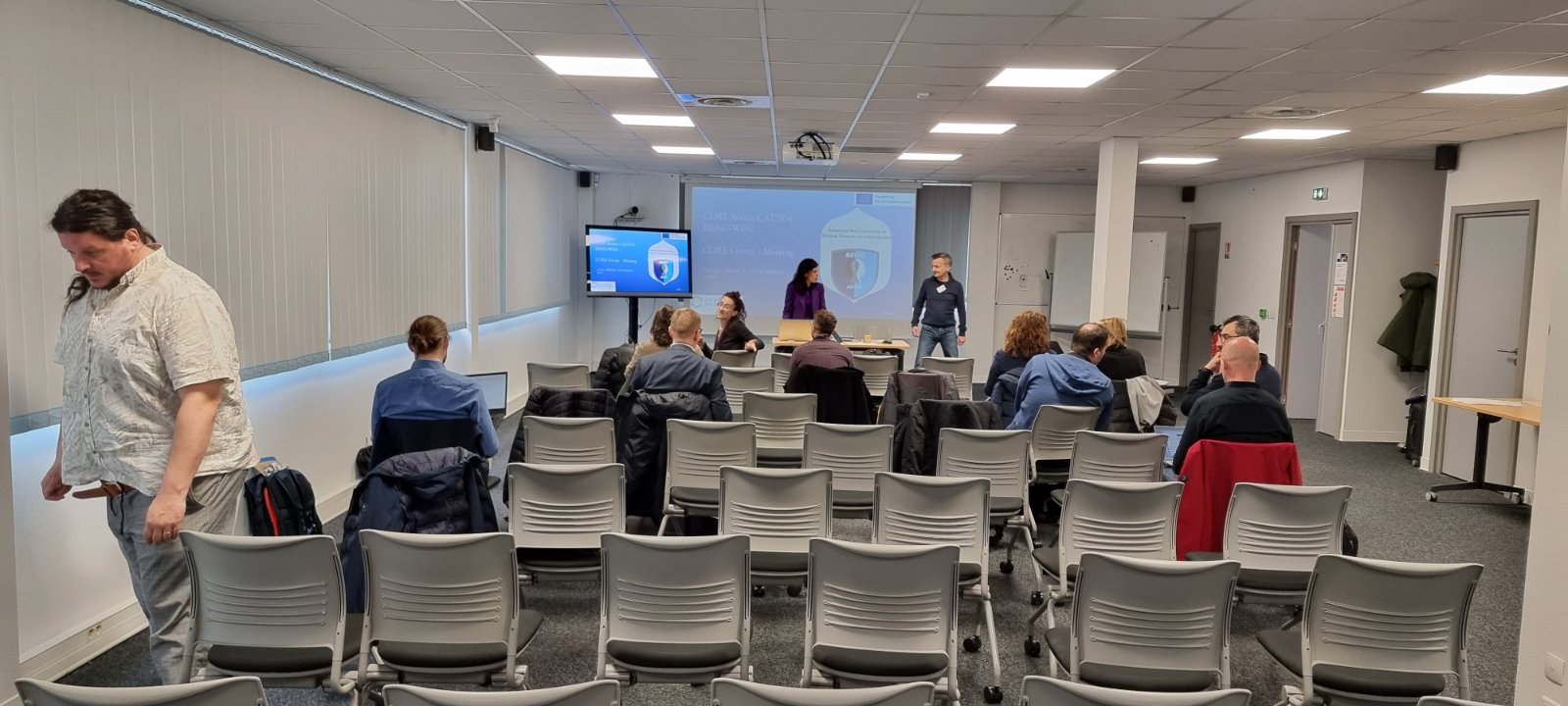Working Group 1: Cybersecurity in emerging wireless communications
Leader: Dr Iraklis SYMEONIDIS
Co-leader: Prof Mauro CONTI

In March 2019, the first summit on 6G was held in Finland, with the main objective to draft the first-ever 6G white paper and let 6G officially start. Even though it is difficult to enclose 6G with a definition, it is sure that it will encompass a global evolution in terms of wireless communication technologies and will not just represent a “faster version” of the 5G network. Most of the researchers converge on the idea of 6G networks as fully AI- empowered, with a real and deep integration of Artificial Intelligence (AI) by design, to trigger a real ubiquitous communication. This evolution is accompanied by an evolution in the field, with the appearance of new vulnerabilities and threats, which can create a severe impact on cyber critical infrastructures. This WG will be mostly devoted to the identification and detection of new vulnerabilities and the conception of systems that are more secure by design. There is an increasing awareness of the fundamental role cybersecurity plays and will play tomorrow in developing sophisticated solutions, able to anticipate the risks, to promptly detect attacks and react in real-time. To accomplish these requirements, there is an increasing use of the AI/Machine Learning (ML) approaches, for designing more sophisticated solutions. The main problem is that these advanced technologies are a double- edged sword and can be used to create more effective and less detectable smart attacks. To create a better defence, the best approach is to attack first, Cybercrime-as-a-service is becoming the standard business model and new sophisticated cyber-attacks, following the evolution of wireless communication technologies can be developed. To create more effective attacks, a paradigm shift must be realised to account for the human component in it.
Tasks:
This task will focus on studying all technologies that are expected to transform the wireless communication by offering sustainable higher coverage, with less energy consumption and better spectral efficiency. The following technologies will be considered: Artificial Intelligence (AI), Machine Learning (ML), Visible Light Communication (VLC), Reconfigurable Intelligent Surfaces (RIS), Metaverse.
the Internet of Everything (IoE) paradigm, will come with new security issues also related to the 6G use cases, where the security requirements are stricter than 5G uses cases. New connected devices, encompassing underwater, air and ground nodes with high mobility, make the interconnection among the different systems more challenging, with an important impact on security. In this task, not only the gaps and new challenges related to the NG wireless systems will be considered and analysed, but new solutions based on decentralised security approaches will be studied, that can meet the new requirements of massive data and massive traffic processing of 6G networks.
AI and ML will play a primary role in the NGWS, so much so that network intelligentization term has been coined, that will replace the virtualization concept that characterised 5G networks. As a matter of fact, AI and ML are changing the cybersecurity world, for better or worse. Indeed, from one side AI and ML can be adopted to improve the performance of the networks, enhancing their robustness and resilience. On the other hand, they can be used to create sophisticated cyberattacks. New advancements in AI/ML-based attacks and countermeasures will be analysed in this task.

